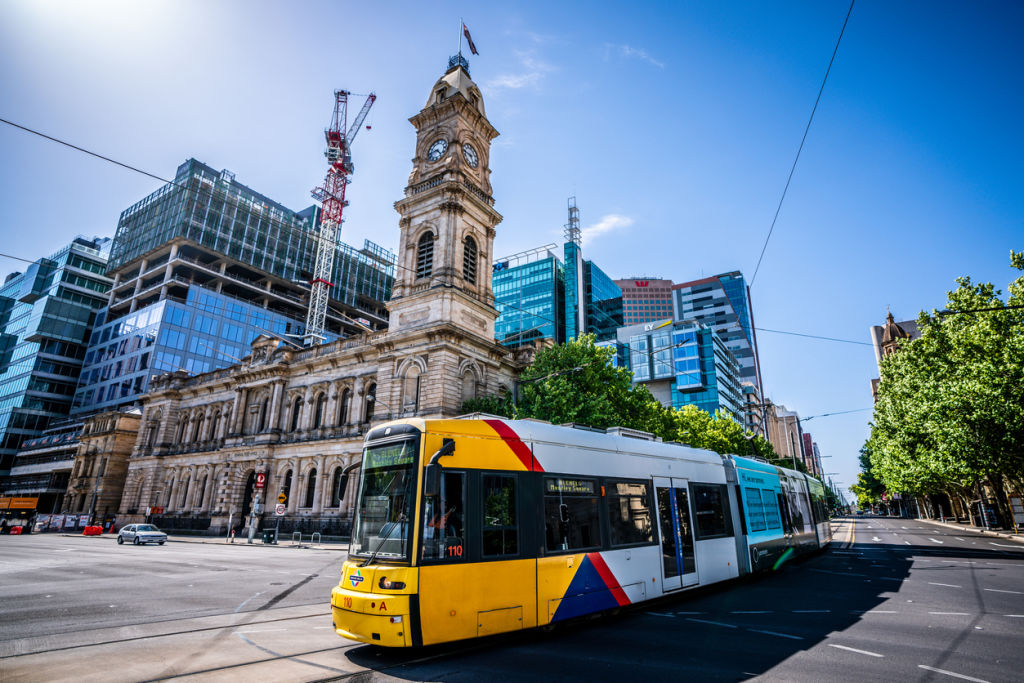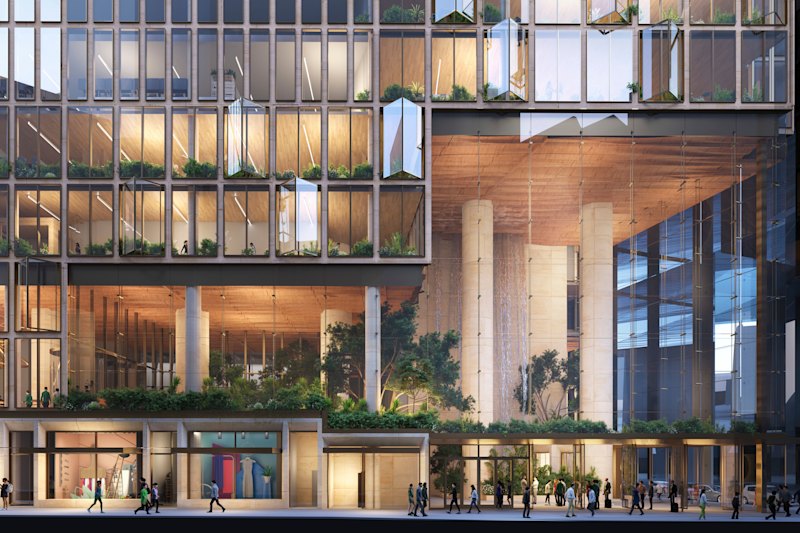Rents are rising faster than inflation in Adelaide in tough conditions for tenants
Renters are having an increasingly difficult time in Adelaide, according to new data from Domain.
House rents are up 2.7 per cent over the year, and unit rents are up by 3.3 per cent, the latest quarterly Domain Rent Report shows.
As Domain economist Trent Wiltshire observes, these increases are faster than inflation, “which means it’s tough for tenants”.
The rise in prices is in keeping with what South Australians have come to expect.
“In three years, asking rents for houses have increased by 10 per cent, and unit rents have increased 7 per cent,” said Mr Wiltshire. “Rents have been growing faster than inflation for a few years.”

While other major cities in Australia have had to grapple with an influx of new residents, Adelaidians have had quite the opposite problem. State politicians have tried for some time, with little success, to stem the tide of young people departing for opportunities interstate.
Soft demand should have had the effect of lowering rents. Manifestly, it has not.
Mr Wiltshire observes that “even with only modest population growth, Adelaide rents have risen faster than in most other capital cities. This indicates that new home building has not kept pace”.
Median weekly house rents
| Sep-19 | Sep-18 | QoQ change | YoY change | |
| Adelaide – Central and Hills | $440 | $430 | 0.0% | 2.3% |
| Adelaide – North | $335 | $330 | 1.5% | 1.5% |
| Adelaide – South | $380 | $370 | 0.0% | 2.7% |
| Adelaide – West | $400 | $400 | 0.0% | 0.0% |
The market in Adelaide has tightened, with Adelaide now having the lowest vacancy rate of any mainland capital city. The percentage of rental property that is available and empty in Adelaide has dropped down to just 0.8 per cent, compared to 2.9 per cent in Sydney and 1.8 per cent in Melbourne.
Gregg Toyama, CEO at the Harcourts South Australia state office, says his company has seen high attendance at inspections and “multiple applications in the lower price ranges. In some cases, potential tenants are offering higher than the asking price”.
But limited supply may not be the only factor in the low vacancy rate. According to Mariah Brierley, business development manager at LJ Hooker, renters are getting better conditions from their landlords, which is encouraging them to stay in one place.
“More and more landlords are allowing tenants to keep pets in rentals, which is creating longer-term leases,” she said.
Rent rises haven’t been uniform across Adelaide. Upward pressure on the price of rent has been concentrated, mainly in the central and hills regions.
Median weekly unit rents
| Sep-19 | Sep-18 | QoQ change | YoY % change | |
| Adelaide – Central and Hills | $340 | $330 | 3.0% | 3.0% |
| Adelaide – North | $270 | $270 | 1.9% | 0.0% |
| Adelaide – South | $300 | $295 | 0.0% | 1.7% |
| Adelaide – West | $300 | $295 | 0.0% | 1.7% |
In the inner west, however, where there has been a sharp increase in the construction of medium-density housing, rents have stayed flat. Neither units nor houses have seen a change in median weekly asking rent since last quarter.
Year on year, the biggest increase in median asking rent for houses has been in Adelaide’s south. Suzannah Toop, chief executive of Toop & Toop, says “the southern suburbs offer affordability and value for money, which is a big drawcard for families who are looking for a quality home with a bit of land”, putting the rise in demand down to “public transport and infrastructure improvements.”
We recommend
We thought you might like
States
Capital Cities
Capital Cities - Rentals
Popular Areas
Allhomes
More







